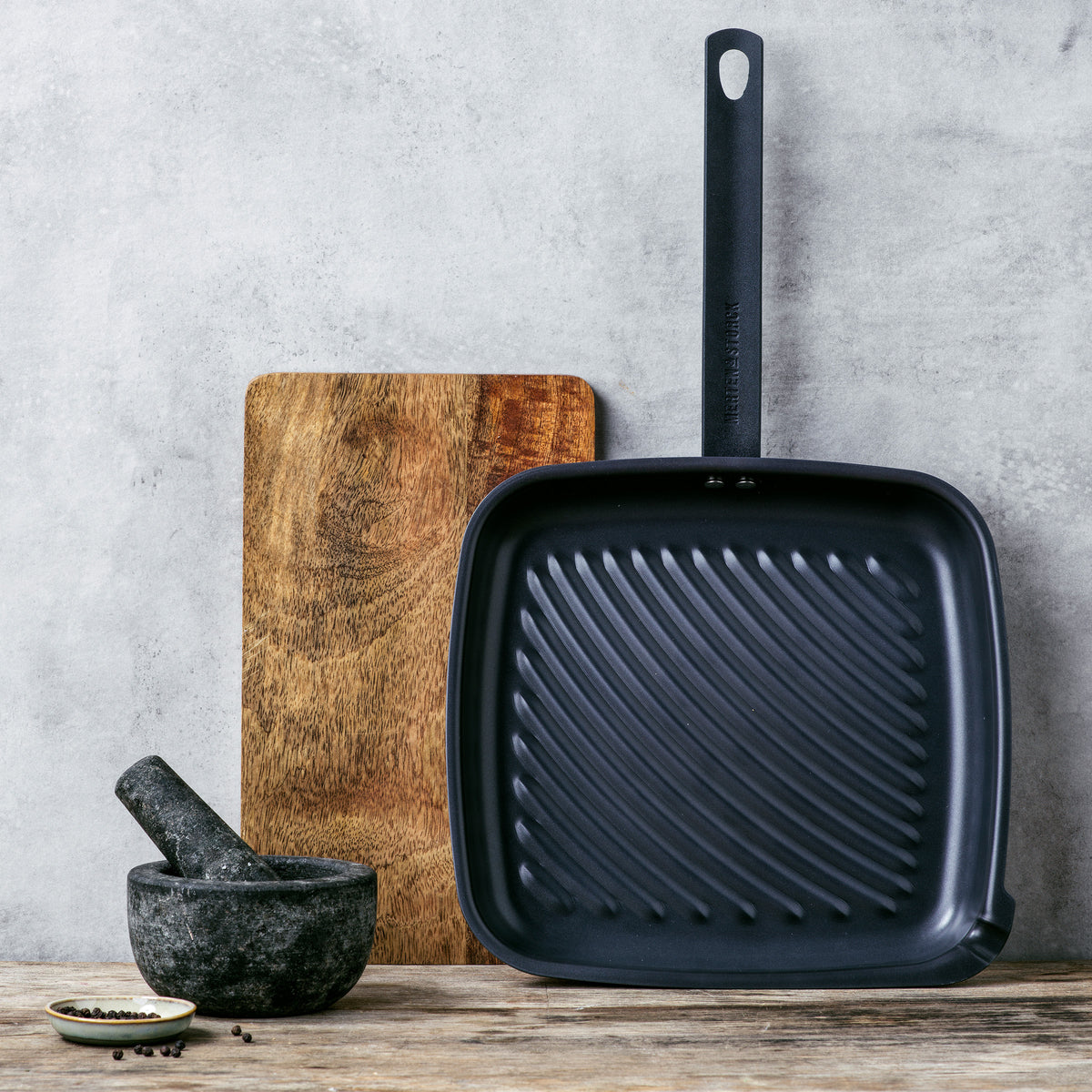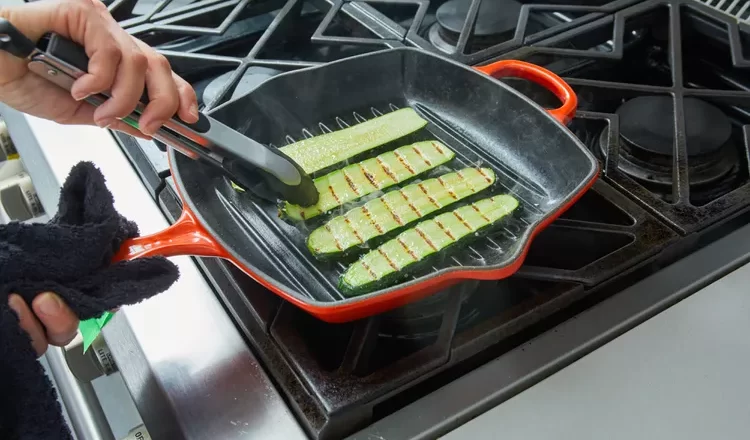Cast iron pans have long been a cherished kitchen staple. Their ability to provide even heating, non-stick surface (when properly seasoned), and durability make them a popular choice among both professional chefs and home cooks. However, understanding how to care for cast iron pans can significantly extend their lifespan and ensure optimal cooking performance. This guide delves into the tremendous tips, approved by experts, that guarantee your cast iron pans remain in top condition.

Understanding Your Cast Iron Pan
Before diving into the maintenance routine, it’s essential to comprehend the nature of cast iron pans. These pans are typically crafted from molten iron poured into a sand mold, allowing them to withstand high temperatures and retain heat efficiently. Recognizing the unique properties of cast iron can help in its care.
Why Cast Iron?
One might wonder why cast iron pans are so highly revered. The answer lies in their versatility and durability. With proper care, a good cast iron pan can last for generations. Their ability to enhance the flavor of dishes further elevates their appeal.
Seasoning: The Heart of Cast Iron Care
Seasoning is a crucial process in maintaining a cast iron pan. It involves baking a layer of oil onto the pan’s surface to create a natural, non-stick layer. This not only prevents food from sticking but also helps prevent rust.

Step-by-Step Guide to Seasoning Your Cast Iron Pan
To ensure your cast iron pan remains in pristine condition, follow these simple steps:
- Clean the Pan: Start by cleaning the pan with warm water and a mild detergent. Avoid harsh scrubbing as it may damage the surface.
- Dry Thoroughly: Immediately dry the pan with a clean cloth or paper towel to prevent rust formation.
- Apply Oil: Use a thin layer of vegetable oil or shortening to coat the entire pan, inside and out.
- Bake: Place the pan upside down in an oven preheated to 375F (190C) and bake for one hour. Turn off the oven and let the pan cool completely.
For more details on how to season a cast iron pan, you can visit this detailed guide.

Day-to-Day Care: Maintaining the Seasoning
Maintenance of the seasoning layer is crucial for long-term use. Here are some daily tips:
Cleansing Your Cast Iron After Each Use
After cooking, clean your cast iron pan with hot water. A stiff brush can be used to remove food residues, but avoid using soap or harsh detergents.
Reapplying Oil
After cleaning and drying, reapply a thin layer of oil to maintain the seasoning. Store in a dry place.
Avoiding Cooking Certain Foods
Acidic foods like tomatoes can strip the seasoning. Avoid cooking these foods until your seasoning is well-established.

Troubleshooting Common Issues
If you encounter issues like rust or sticky residues, don’t worry. These can be addressed with simple solutions.
Dealing with Rust
Rust can be removed by scrubbing the affected area with steel wool and re-seasoning the pan as described earlier.
Handling Sticky Residues
Sticky residues often indicate too much oil was used in seasoning. Clean the pan thoroughly and repeat the seasoning process with less oil.
Using Cast Iron for Different Cooking Techniques
Frying
Cast iron pans are perfect for frying due to their excellent heat retention and distribution. Try this perfect fried egg recipe.
Baking
From cornbread to cakes, cast iron pans can be used for baking a variety of dishes. Ensure the pan is well-seasoned to prevent sticking.
Grilling
Use your cast iron pan on the grill to achieve a beautiful sear on meats and vegetables.
Advanced Care: Re-seasoning and Restoration
Over time, even a well-maintained pan may need re-seasoning or restoration.
Re-seasoning Tips
To re-season, follow the same steps as initial seasoning. However, if the pan has significant rust or damage, additional steps may be necessary.
Restoration Techniques
For heavily rusted pans, you may need to strip the existing seasoning entirely using an oven cleaner, and then re-season from scratch.
Storing Your Cast Iron Pan
Proper storage is vital to prevent damage and rust. Ensure the pan is fully dry before storing.
Using Paper Towels
Place a paper towel between stacked pans to absorb moisture and prevent scratching.
Avoiding Damp Areas
Store your cast iron pan in a cool, dry place. Avoid damp basements or garages.
Conclusion
With the right care, your cast iron pans can become heirlooms, passed down through generations. Their versatility, durability, and ability to impart unmatched flavors to your dishes make them a must-have in any kitchen. By following these expert-approved tips, you’ll ensure your cast iron pans remain in top condition for years to come.
FAQs
Can I wash my cast iron pan with soap?
While occasional use of mild soap is acceptable, it’s generally best to clean your cast iron with hot water and a stiff brush to maintain the seasoning.
Why is my cast iron pan sticky?
A sticky residue often means too much oil was used during seasoning. Clean the pan thoroughly and re-season with a thinner layer of oil.
How often should I re-season my cast iron pan?
Re-seasoning frequency depends on usage. If you use your pan regularly, a thorough re-seasoning once every few months is recommended.
As an Amazon Associate, I earn from qualifying purchases.

